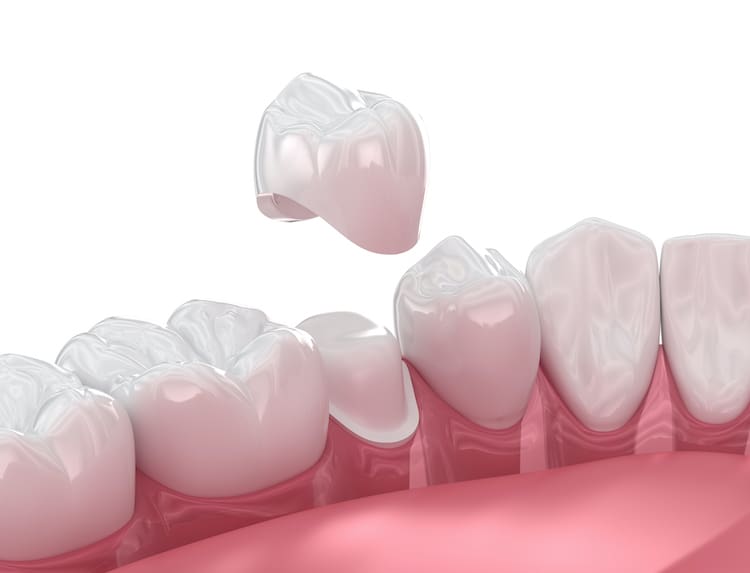A dental crown is an excellent way to restore a damaged or weakened tooth, offering both strength and a natural appearance. Proper aftercare is essential to ensure it lasts for many years. Caring for your crown is much like caring for your natural teeth, but there are a few special considerations that help maintain both the restoration and the surrounding gum tissue.

Understanding What to Expect After Crown Placement
It’s normal to experience some sensitivity and mild discomfort following the placement of a new crown. The gums around the tooth may feel tender for a few days, and you might notice sensitivity to hot or cold temperatures. This occurs because the tooth beneath the crown may have been reshaped during the procedure, and it takes time for the nerve to settle.
If you received local anesthesia, wait until it completely wears off before eating to avoid biting your tongue or cheek. In the first 24 hours, stick to softer foods such as soups, mashed potatoes, or yogurt, and avoid chewing directly on the crowned tooth until you feel comfortable.
Keeping the Area Clean
Good oral hygiene is the foundation of crown aftercare. Although crowns themselves cannot decay, the natural tooth underneath and the gumline around it are still vulnerable to bacteria and plaque buildup. Brush twice daily using a soft-bristled toothbrush and fluoride toothpaste, paying close attention to the gumline where the crown meets the tooth.
Flossing is equally important. Slide the floss gently between your teeth rather than snapping it down, as too much force can dislodge or irritate the crown. If traditional floss feels difficult to maneuver around the crown, consider using a floss threader or a water flosser, which can effectively clean hard-to-reach areas without applying too much pressure.
Being Mindful of What You Eat
While a crown is designed to handle the normal forces of biting and chewing, it’s wise to be cautious with certain foods. Avoid biting into hard items like ice, nuts, or hard candies, as these can crack or chip the crown. Sticky foods such as caramel or chewing gum may pull at the crown’s edges or loosen the dental cement.
For those who grind or clench their teeth, the risk of damaging a crown increases. If this habit occurs mostly during sleep, your dentist may recommend a night guard to protect both the crown and your natural teeth from excessive pressure.
Monitoring for Changes or Discomfort
A well-fitted crown should feel comfortable and blend seamlessly with your bite. If you notice pain when chewing, sensitivity that persists beyond a few weeks, or a crown that feels loose or uneven, contact your dentist promptly. Early intervention could prevent further damage or the need for more complex treatment.
Occasionally, the dental cement that secures a crown can weaken over time. If your crown ever comes loose, avoid trying to reattach it yourself. Keep it safe and call your dental office right away for professional re-cementing.
Long-Term Maintenance and Dental Visits
With proper care, most dental crowns last between 10 and 15 years, though many endure even longer. Routine dental checkups play a key role in extending their lifespan. During these visits, your dentist will assess the condition of your crown, polish it to remove surface stains, and ensure that the surrounding gum tissue remains healthy. Regular cleanings also help detect early signs of gum disease or decay that can compromise the crown’s foundation. Pairing professional care with good daily habits gives your crown the best chance of lasting for decades.
Dental Crown Care in Owings Mills, MD
At Owings Mills Dental Care, we are dedicated to preserving your oral health. If you have extensive decay or damage, a dental crown could protect your tooth and prevent the need for extraction. Contact our office today to schedule a consultation and learn more about your restorative treatment options.
